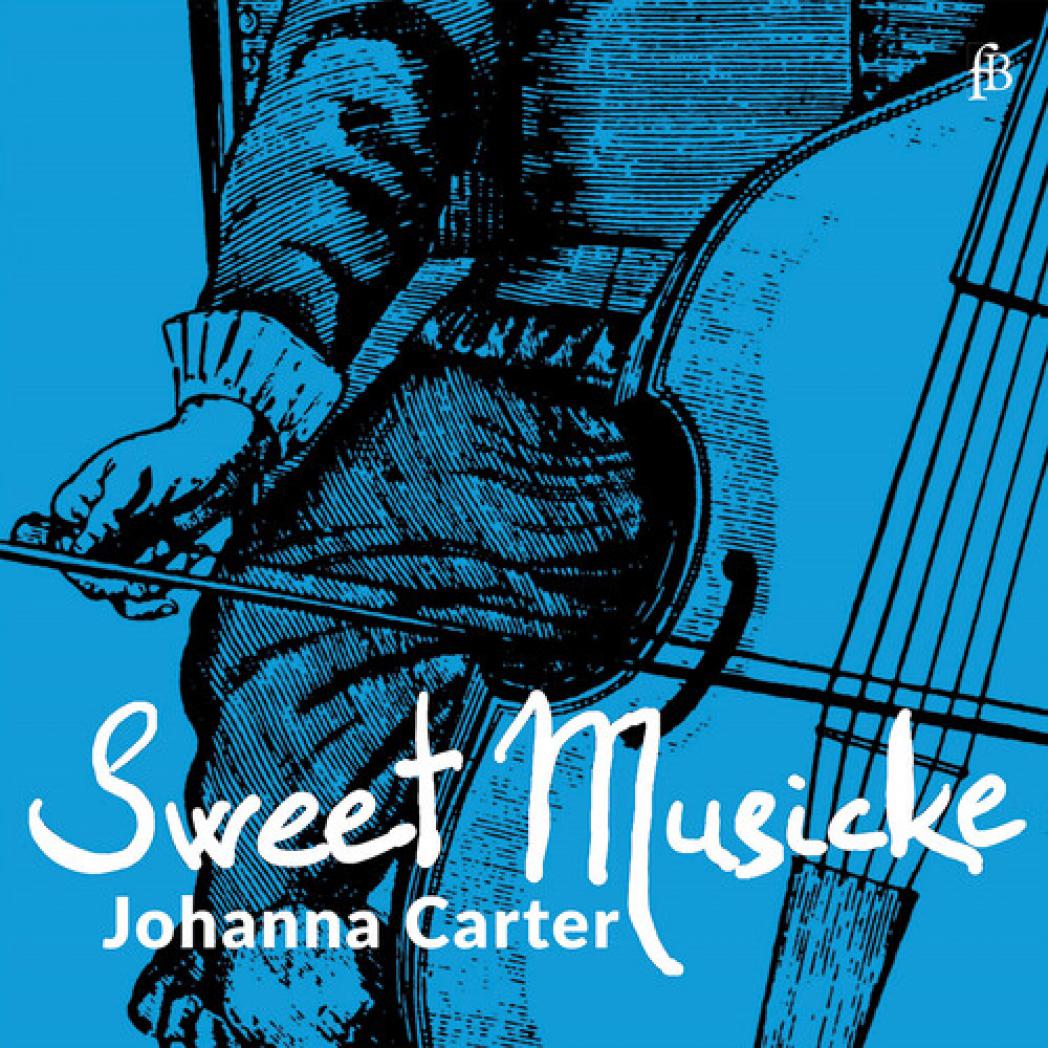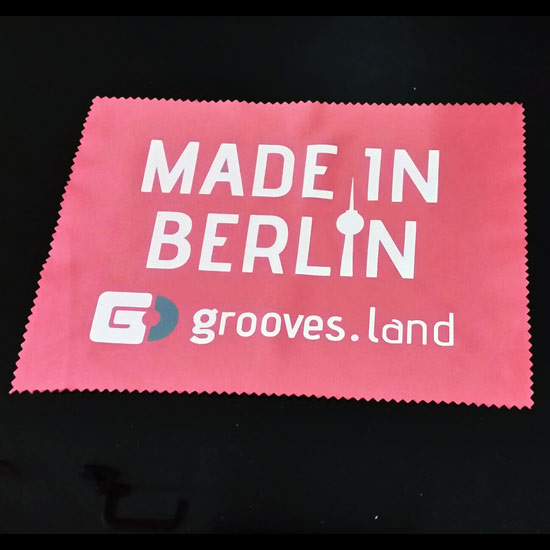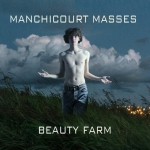Tu selección actual:
No hay selección
Filtrar resultados:
|
 |
| Comentarios / Titulos de las canciónes: |
 01. "Praeludium, VdGS 11" 01. "Praeludium, VdGS 11" 02. "Paven, VdGS 13" 02. "Paven, VdGS 13" 03. "Galliard, VdGS 14" 03. "Galliard, VdGS 14" 04. "Almaine, VdGS A-9153" 04. "Almaine, VdGS A-9153" 05. "Coranto, VdGS A-9089" 05. "Coranto, VdGS A-9089" 06. "A Maske, VdGS 73" 06. "A Maske, VdGS 73" 07. "Coranto, VdGS 545" 07. "Coranto, VdGS 545" 08. "A Maske, VdGS A-9435" 08. "A Maske, VdGS A-9435" 09. "Coranto, VdGS 176" 09. "Coranto, VdGS 176" 10. "Almaine, VdGS 10b" 10. "Almaine, VdGS 10b" 11. "Coranto, VdGS 5" 11. "Coranto, VdGS 5" 12. "Barafostus Dream, VdGS A-9468" 12. "Barafostus Dream, VdGS A-9468" 13. "Coranto, VdGS A-9465" 13. "Coranto, VdGS A-9465" 14. "Come live with me and be my love, VdGS 16" 14. "Come live with me and be my love, VdGS 16" 15. "Alman, VdGS A-9148" 15. "Alman, VdGS A-9148" 16. "Peggie, VdGS A-9219" 16. "Peggie, VdGS A-9219" 17. "Coranto, VdGS A-9149" 17. "Coranto, VdGS A-9149" 18. "Coranto, VdGS A-9083" 18. "Coranto, VdGS A-9083" 19. "Preludium, VdGS A-9436" 19. "Preludium, VdGS A-9436" 20. "Lachrima, VdGS 1" 20. "Lachrima, VdGS 1" 21. "Coranto, VdGS 30" 21. "Coranto, VdGS 30" 22. "Allman" 22. "Allman" 23. "Coranto, VdGS 27" 23. "Coranto, VdGS 27" 24. "Pawles Wharf, VdGS A-9179" 24. "Pawles Wharf, VdGS A-9179" 25. "Toye, VdGS A-9467" 25. "Toye, VdGS A-9467" 26. "Thumpe, VdGS A-9412" 26. "Thumpe, VdGS A-9412" 27. "Toye, VdGS A-9466" 27. "Toye, VdGS A-9466" 28. "Mounsiers Almaine, VdGS 20" 28. "Mounsiers Almaine, VdGS 20" 29. "Coranto, VdGS A-9196a" 29. "Coranto, VdGS A-9196a" 30. "A Toy of Chamberlaine, VdGS 1" 30. "A Toy of Chamberlaine, VdGS 1" 31. "Coranto, VdGS A-9091" 31. "Coranto, VdGS A-9091" 32. "Jemmye VdGS A-9140" 32. "Jemmye VdGS A-9140"
|
 | | Cantidades: |
1 |
 | | Descripción: | The heyday of the lyra viol began before 1600 in England and lasted nearly a century. 'Lyra way' is characterised by variant tunings and notation in lute-style tablature. Frequently used tunings were named, lyra way (d'-a-f-c-F-C) itself being the first. It dominated up to around 1620, along with a group of tunings named after composer and viol virtuoso Alfonso Ferrabosco II-e. g. Alfonso way (d'-a-e-A-E-AA) and Alfonso way in eights (d'-a-d-A-D-AA). These tunings extend the range of the viol down, with wider intervals than normal between the open strings. The lyra viol was at this time the usual solo instrument for professional and gentlemen amateur violists. Many of the gentlemen learnt to play during legal studies at the Inns of Court, where they also took part in masque productions. Although the repertoire survives mainly in manuscript, a handful of collections printed in London between 1600 and 1612 include music for lyra viol. Tracing broad links between the bass viol and the Jacobean stage-albeit with quite different roles in the public theatre and court masque environments-is easy enough. The viol is referenced in the plays for the public theatres-often metaphorically-and features in contemporary accounts of theatre visits. In the public theatres it provided song accompaniment and instrumental items as required, played by the actors themselves or by hired musicians. In open-air theatres the robust sound of the lyra viol carried better than the lute for accompanying songs and it was capable of substituting for a consort of viols in smaller scale productions. However, what was to be played at any given cue or to which tunes the song texts were sung is rarely clear. The surviving lyra viol repertoire is mostly in the common dance forms, context will suggest what is suitable: a stately pavane, vigorous galliard, airy almaine, or light-hearted coranto or toy. Well-known popular tunes were also harnessed to underscore the meaning of a scene. Song accompaniments would have been worked up on the spot and perhaps never written down-the new tunings enabled semi-improvised performance with easy chords. Leading viol players such as Ferrabosco, Robert Taylor, John Coprario and later William Lawes had posts at court and enjoyed theatrical connections-the friendship and collaborations between Ferrabosco and playwright Ben Jonson are well-documented. Others, such as Joseph Sherlye or William Corkine were London-based freelancers, and scarcely appear in official records. Those working at court contributed regularly to masque productions, but these used lavish ensembles, violin or wind bands for dancing, or lutes for song accompaniment. Here the intersection with the lyra viol is the large number of masque dances and songs which were arranged for home consumption by the gentlemen amateurs in whose lyra viol manuscript collections they survive. Composer/teachers such as Taylor served as intermediaries, making or copying arrangements for their pupils. The music on this album is drawn from two prints, Ferrabosco II's Lessons for 1. 2. and 3. Viols, 1609 and Corkine's The Second Book of Ayres, 1612, and four manuscript collections. The 'William Ballet Tablature' is one of the earliest lyra viol manuscripts, copied over two decades 1600-1620 by at least four anonymous contributors. The 'John Browne Bandora and Lyra Viol Book' dates from a little later. A landowner and music collector, Browne served as Clerk of the Parliaments for much of his long life. Country gentleman Sir Peter Leycester of Tabley Hall near Chester had presumably learned to play lyra viol during his time at Gray's Inn, he began work on his large manuscript collection Lessons for the Lyro=Viole in 1640. The 'Manchester Lyra Viol Book', an even more ambitious retrospective collection than Leycester's, was probably compiled in the 1650s. Despite it's late date it includes a good deal of Jacobean music in lyra way and Alfonso way tunings, it is the source of nearly half the pieces in this selection. Apart from grouping by tuning copyists did not trouble themselves much with ordering the pieces, and were often casual with titles and composers' names. This album has been compiled to highlight the theatrical connections, but it also reflects the eclectic nature of the sources-pieces with a clear link to court masques mingle with those which could easily have been heard in public theatres, and others arguably less likely to have been. Assembling a sequence of pieces into a suite was still left to the performers in the Jacobean period: here the final ordering and grouping aims to produce a satisfactory listening experience within each set and as a complete sequence., Runningtime: 00:00:00, Labelcode FRAB2409281.2"Sweet Musicke - The Lyra Viol in Jacobean Theatre" es un cautivador CD que transporta al oyente a los ricos paisajes sonoros de la Inglaterra del siglo XVII temprano. Interpretado por Johanna Carter ?destacada especialista en instrumentos antiguos de cuerda? este álbum explora el expresivo universo de la viola lyra tal como se escuchaba en el teatro jacobino inglés y revive piezas tanto solistas como obras para conjunto llenas de evocación histórica y artística sensibilidad interpretativa por parte de Carter hacen revivir músicas apreciadas durante la época shakespeariana con autenticidad única gracias también al sello FRA BERNARDO: una discográfica reconocida internacionalmente por su dedicación a las interpretaciones históricamente informadas y repertorios poco habituales o raros dentro del panorama clásico actual Su trayectoria ha sido premiada internacionalmente destacando siempre su profundidad musical e impecable técnica interpretativa |  | | N° de fabricante: |
FB2409281 |
 | Seguridad del producto
Persona responsable para la UE:
Fra Bernardo
frabernardo gmbh
Untere Weißgerberstraße 36/12, 1030 Wien, AT
office@frabernardo.com |  |
|
Actualmente no hay comentario.
|  |
|
|
 |
|




















